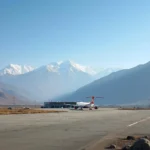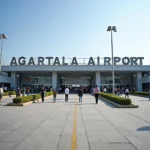The 1950s marked a pivotal period for aviation in India, with the echoes of independence still resonating and a burgeoning sense of progress in the air. While the major metropolitan cities were rapidly developing their aviation infrastructure, Tamil Nadu, a state known for its rich cultural heritage and economic prowess, was also making strides in the world of airports. Let’s embark on a journey to uncover the fascinating history of airports in Tamil Nadu during the 1950s.
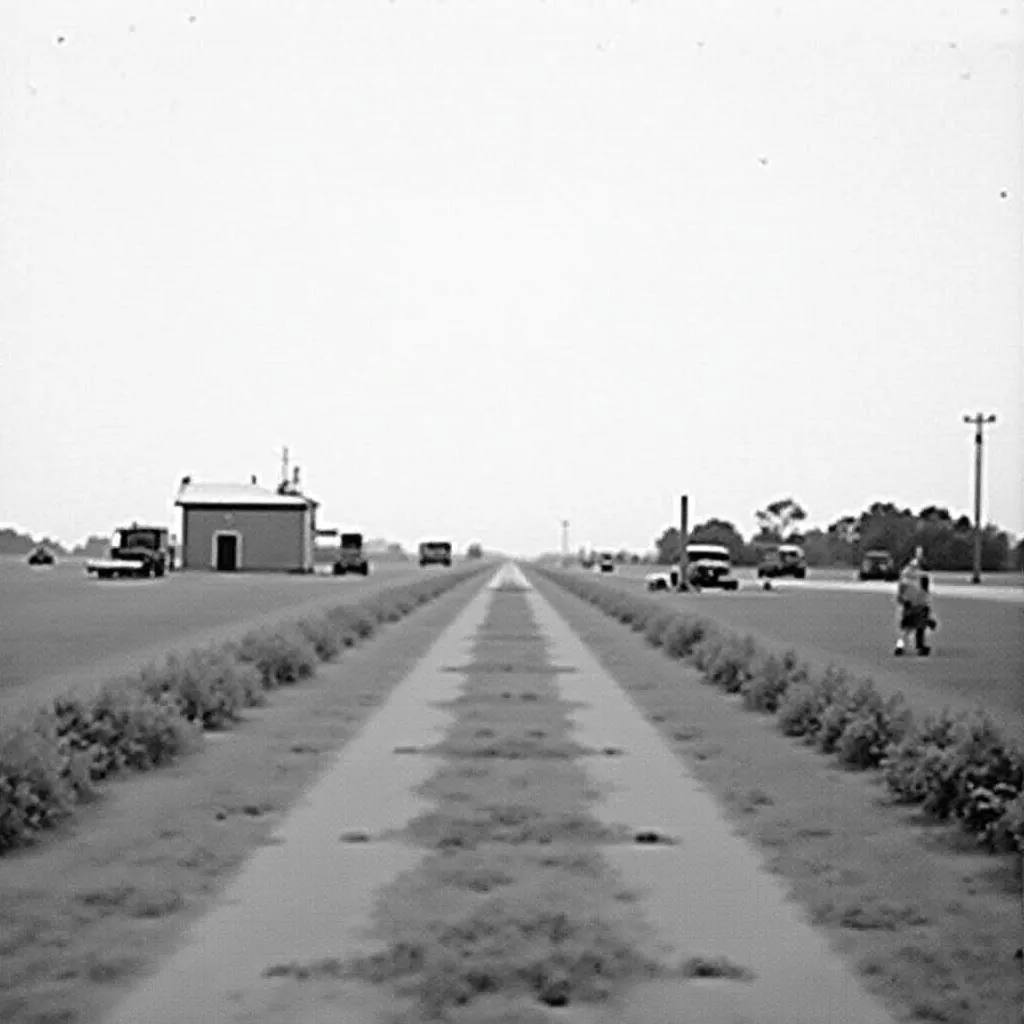 Early Airport in Tamil Nadu
Early Airport in Tamil Nadu
The Dawn of Aviation in Tamil Nadu: A Look at the Pioneers
The 1950s witnessed a surge in air travel demand, prompting the establishment of airports even in smaller cities. While detailed records from that era can be scarce, anecdotal accounts and historical snippets paint a picture of simpler times. Airports, often basic in infrastructure, served as crucial links connecting communities within Tamil Nadu and beyond.
One can imagine the excitement of those early passengers, boarding Dakota aircraft, the workhorse of that era, for flights to destinations like Madras (now Chennai), Madurai, and Trichy. These flights, though infrequent compared to today’s bustling air traffic, were instrumental in bridging distances and fostering economic growth.
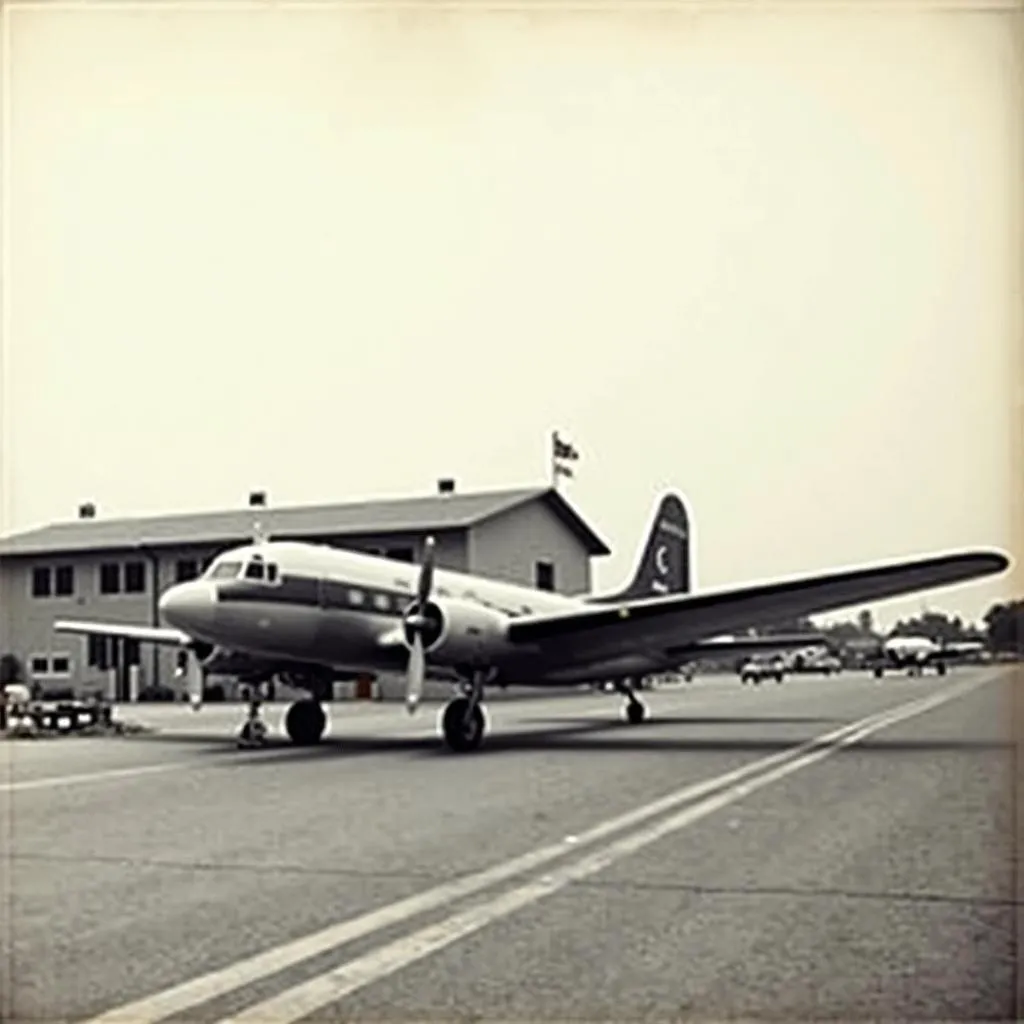 Dakota Aircraft at a 1950s Airport
Dakota Aircraft at a 1950s Airport
Meenambakkam Airport: The Heart of Aviation in 1950s Tamil Nadu
During the 1950s, Meenambakkam Airport, now known as Chennai International Airport, served as the main gateway to Tamil Nadu. It was a hub of activity, connecting the state with major cities across India and even internationally. The airport witnessed the arrival and departure of dignitaries, businessmen, and tourists, all contributing to the vibrant cultural and economic landscape of Tamil Nadu.
While the airport’s infrastructure was modest compared to today’s standards, it played a crucial role in facilitating trade, tourism, and cultural exchange. The sight of aircraft landing and taking off against the backdrop of a developing Chennai would have been a symbol of progress and aspiration for the people of Tamil Nadu.
The Evolution of Airport Infrastructure: From Grass Runways to Paved Paths
The 1950s saw a gradual shift from basic airstrips to more developed airports. Grass runways, while functional, were increasingly being replaced by paved ones to accommodate larger aircraft and handle the growing volume of air traffic. This period marked a turning point in aviation infrastructure development, laying the foundation for the modern airports we see today.
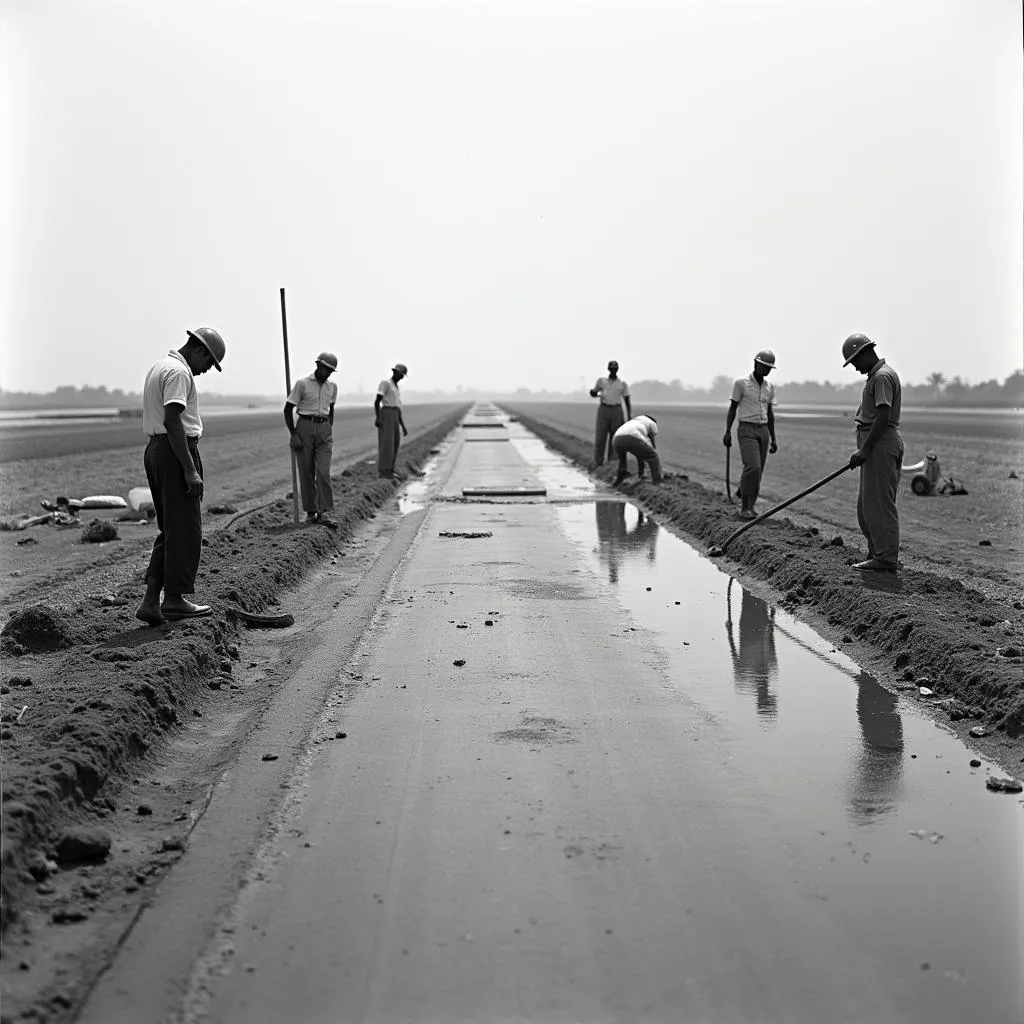 Airport Construction in 1950s Tamil Nadu
Airport Construction in 1950s Tamil Nadu
Conclusion: A Legacy of Aviation Progress
The airports of Tamil Nadu in the 1950s, though humble in their beginnings, played a pivotal role in shaping the state’s connectivity and progress. They served as gateways to opportunity, connecting people and places, and fostering economic growth.
As we look back at this era, we appreciate the legacy of these early airports and the pioneers who laid the foundation for the modern aviation infrastructure we enjoy today. Their efforts paved the way for a future where air travel became increasingly accessible, connecting Tamil Nadu to the world.
